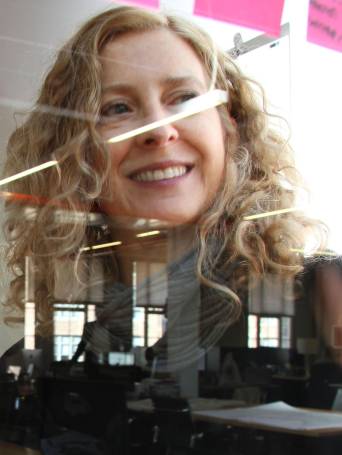Fanny Krivoy
Adjunct Assistant Professor of Public Service

Fanny Krivoy is an Adjunct Assistant Professor of Public Service at NYU’s Robert F. Wagner Graduate School of Public Service.
Fanny Krivoy is the Founder of Analogous, a leading branding & design consultancy that helps organizations connect to the broadest possible client base through their brands, digital products, and experiences by unlocking the potential of brand experiences through inclusive design and accessibility. She brings a better understanding of differences to expand access, use, and prosperity. Fanny and her team at Analogous, developed a design thinking methodology to help big and small organizations to build, transform, and grow their brands and digital experiences around inclusion. Before Analogous Fanny led experience design teams at Schematic, Renegade and Organic. Fanny has extensive teaching experience, currently a visiting professor at Pratt Institute.
She is also the creator of Project Inclusion, an interview series exploring leadership and the multiple dimensions of inclusion.